With production shuttered and studios grinding to a halt, how did the world’s biggest entertainment company hold up during the pandemic? We caught up with Sean Cain, GTML™, and the Director, Career & Performance at Walt Disney Television to understand how 2020 impacted its workforce and future plans. In an exclusive interview with TMI, Cain spoke on Disney’s dreadful quarters, resurrection by streaming, pandemic-enforced layoffs, burnout, and more. “Now more than ever, people need to feel they’re cared about,” he says. Watch the full interview.
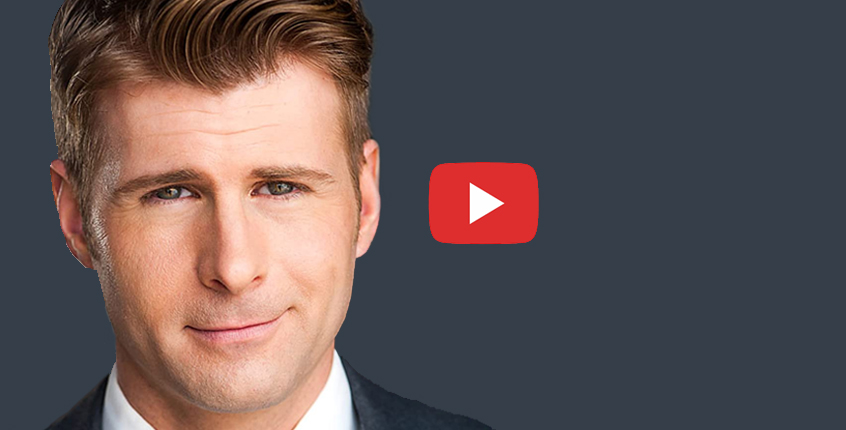
Welcome, everybody, to the Talent Management Institute's ‘2020 in Review’ series. Today, we are speaking with Sean Cain, Director of Career and Performance at Walt Disney Television. Sean - thank you so much for taking the time with us today.
Sean: Thanks – it’s a pleasure. This has been a year to review or maybe just to ignore entirely.
As a senior leader, what have been your biggest challenges in working from home or working remotely?
Sean: I think this has been the confluence of all of those things that have been pecking at the periphery for years – work-life balance, the workplace of the future, and how do we manage talent. By hook or by crook, it's just been forced upon us. For me, personally, we're dealing with a newborn who came into the world in February, and along with juggling a five-year-old in the school situation, on the home front we're very busy. Working remotely was a challenge at first, because for my business and our industry, it's a very face-first, people-oriented business. So, it was a bit of a learning curve. But honestly now, this might be the norm. Moving forward, it feels as if most folks will be at least quasi-remote.
It's certainly been one of those years where things have been on the periphery, but now they came to the forefront. So, what do you think are some of the biggest changes this year in terms of talent management practices?
Sean: I can speak from our own purview and that of my company Walt Disney Television. As of a few weeks ago, we're now Disney general entertainment content. Streaming is the future, I guess, and speaking from the vantage point of my company and our business, we've really taken this year to reflect on the whole persona. We started the year with very clear business goals – everyone had very solid commitments and ways to drive our business forward. And then, March 13th – Friday the 13th – my life, everything, changed on a dime. I mentioned my company because Walt Disney is a behemoth in media – and I would think in business in general – and it would take something catastrophic to reset our entire business model. That one Achilles heel happened to be something that kept humanity apart – away from our parks, away from our movie theaters. And, lo and behold – that's exactly what happened. So, for us, it basically was you know an ICBM (inter-continental ballistic missile) into our business model. We lost money for the first time in 20-30 years, we've laid off tens of thousands of people, and as a consequence, it's forced us to really revisit what it means to respect and keep talent – what’s it going to take to prove to folks that we're a workplace of the future, how do you get the most out of folks, what's missing from our talent management equation here. The long and short of it is business schools aren't as important right now. We’re thinking more along the lines of how do you feel, how can we really focus on your wellbeing.
I used to work with the Jesuits at Loyola Marymount University here in Los Angeles. One of the phrases they toss around is ‘cura personalis’ – care for the whole person, and I think our business has really taken that on as a charge. We’re still working through that – right now, we're figuring out how do we really revisit what it means to have a strong commitment setting, moving forward.
What are some things you're doing right now that maybe – for example – last year, December 2019, you weren't doing in terms of managing organizational talent?
Sean: I'll go back to the idea of commitment setting in our business goals. Typically, in our second quarter, business leaders from around our company cascade their priorities, and then our employees are supposed to pick a few of those and make them their commitments, and let those be the North Star moving forward.
To me, that's always felt a bit backwards. It always feels the person is in service to the business, and let's not have rose-colored glasses. We all work to drive an end for our business, and yet now, more than ever, what people need to feel like is that they're cared about, that they matter. So, we've taken that model and tried to flip it on its head. Rather than leading with the business priority, we're leading with the personal priority, and so we're encouraging all of our employees to start their year with a really robust reflective period on what are their career and professional aspirations, how can we really give that life, and using that as the North Star. Then, informing it with our business priorities, marry the two so that it feels like you're working for yourself in addition to the business, and not the other way around.
What are the key motivating factors for a remote workforce particularly during a pandemic? You've talked a lot about the caring for the people, but what are some of the key factors that you have found so far?
Sean: I wouldn't say there's one factor per se, or even a couple, but some of the bright glaring objects that we have to avoid include disrespecting what it means to be a parent “working from home”, and broadening that definition to include parents of fur babies, parents who are taking care of their parents, and caregivers; also how do we navigate those traditional work boundaries. As I mentioned, it was a bit of a learning curve for our company, only because this is a who-you-know business that's very face-time oriented.
The big hurdle is one, respecting all the many obstacles that pull people away from their workspace. Two, this is something we discovered very early on and there was some research back in April, that working from home meant that people just basically eradicated their work-life boundaries if they had any. There were people starting earlier and getting off later, and they were checking emails well into the early hours of the morning, and burnout was a very real thing by late spring for us.
Compound that with the fact that our company was hit pretty heavily with the pandemic and its aftereffects, so we had to really focus on helping people establish solid boundaries, and it's been a very give-people-rope sort of year and hope that they don't do anything ill toward with it. I think it's been eye-opening to the extent that what they've seen in our employee base is a measure of trust that perhaps wasn't given before. We're trying to look at it as an opportunity.
You mentioned Disney is not unique in furloughs and layoffs and all the crazy things that have happened in 2020. So, you're left with the remaining workforce, and so many are fortunate to be in there. But how do you then reinvigorate that remaining workforce? You earlier mentioned starting with the goals, but ultimately, without the rose-colored glasses, we all work toward the business ends. How do you keep that alive in the employees while still focusing on their health and wellbeing as well as the organization’s?
Sean: That's a solid question. I really tried to inject a bit of empathy into the equation here, not as an executive per se but as a person basically just going through the same stressors that everyone else is. Ironically, maybe you felt this way at some point throughout this past year, but working remotely while being a blessing has made me miss the mundane connections of the office – the sounds of the printer, the water cooler, the annoying co-worker who just won't leave you alone. You missed that, right/ And there’s the idea that how can we get back some form of social capital, how can we get back to the science of us. So, what we had previously is our three- to five-year plan, which was a really robust reinvention of mentoring and building solid relationships. That has been thrust into the limelight and really put front and center in our company, not just for our segment but our entire company, spanning all of our segments – parks, studios, and television. We're really trying to figure out, and I think we've set on a solution for how we can connect people in ways we hadn't previously, so that despite all of the hurdles and the obstacles that we've faced as a company, as humanity this past year, how can we really re-lean into each other and rebuild and make better connections than we had previously. That’s really how we're responding – while we might be remote, we know that we need each other, and let's make that happen.
That is certainly very important, and you're absolutely right. People definitely missed the water cooler, the poking heads in the office. The virtual poking the head in the office is just not quite the same, right? Those hands on the videos don’t quite get it.
It’s near the end of the year, right in the holiday season and a few days away from Christmas. Do you feel HR is still in crisis response mode or has it stabilized somewhat?
Sean: It feels as if we follow the virus peaks and valleys by hook or by crook. At the start of this last wave of the pandemic, particularly here in Los Angeles where we are now the unofficial epicenter of the world, our company really faced a lot of serious decisions. For the first time in some time, we laid off a good number of our folks, and to an extent, that's crisis. Rifts are always unpleasant and it's never easy, particularly when you're in a very stable environment traditionally. But I think our HR leadership has responded admirably, and I feel like they're trying to find the silver lining – that crisis breeds opportunity, so to speak. We're looking at it again as a way to facilitate better relationships, to revisit what it means to work for our company from a person perspective, a talent management perspective. Case in point – the virus was the only major endeavor that the country faced this year. We had mass protest and racial unrest, and our company has been sort of a vanguard of inclusivity, while also being a stalwart of our past. We found ourselves at a unique sort of crossroads, to find ways to be more representative in our product while also respecting our rich heritage. So, we've had a lot of town halls, a lot of very visceral, blunt conversations with our talent and our senior leadership, and it's quite frankly been uncomfortable but necessary. We’re thinking about how we can put product out there that looks like the world and people can see themselves, and I think our HR leadership has really taken that banner and run with it.
I'm a nerd at heart and you might have seen or might have heard recently that we had our investor day at Disney just a few days ago. I'm a Star Wars junkie through and through, and there must have been 20 or 30 shows in the queue first for Lucasfilm. But, one of our non-Star Wars properties from Lucasfilm was Willow, a classic film starring Warwick Davis, a little person who becomes a great sorcerer. And I thought to myself – this is a wonderful way for us to demonstrate that we're living this idea of inclusivity without shoving it down people's throats. In some small way, our HR leadership has had a part to play in that.
The last question – what has been your biggest learning in 2020?
Sean: It's always tough when they ask you to look in the mirror. My broader function is in learning-and-development talent solutions, and now, more than ever, it's one of those times to realize that you can never stop learning, you can never get comfortable. Even if you feel like for the past 90-odd years you're in a company that's not going anywhere, it can change literally overnight and you've got to stay on your toes with respect to best practices – what are your colleagues doing, what are your competitors doing. In the science of social capital, it's rooted in psychology and human motivation, and I need to get my team to get me some whitepapers on theory, sociology, motivation and all that. You can never stop learning, you can never rest on your laurels, and that has been my biggest eye-opener of the year in learning, I think.
That's great to hear certainly – one of those things that sometimes it takes a smack-smacking in the face, but the resiliency of us as a people, particularly in how we continue to learn and grow, and certainly pertinent even in the challenging times.
Well Sean – thank you so much for your time today. Hope you enjoy the rest of your holiday season.
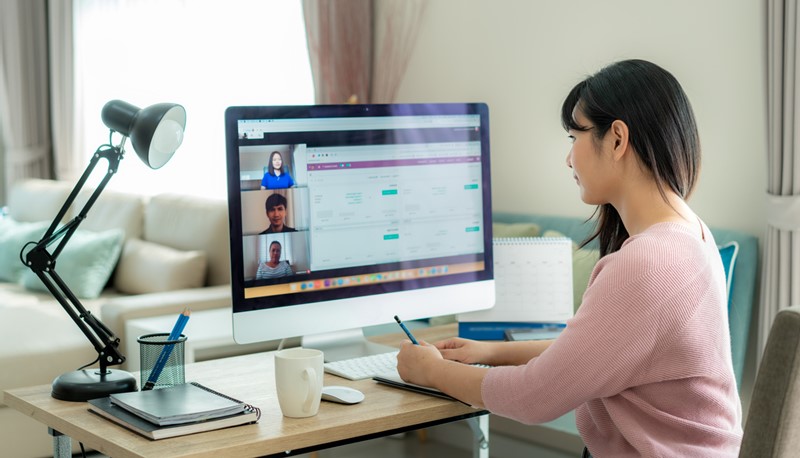
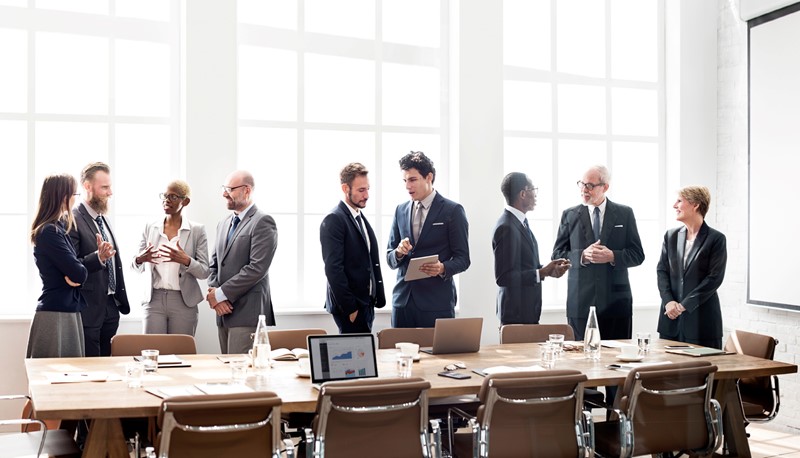
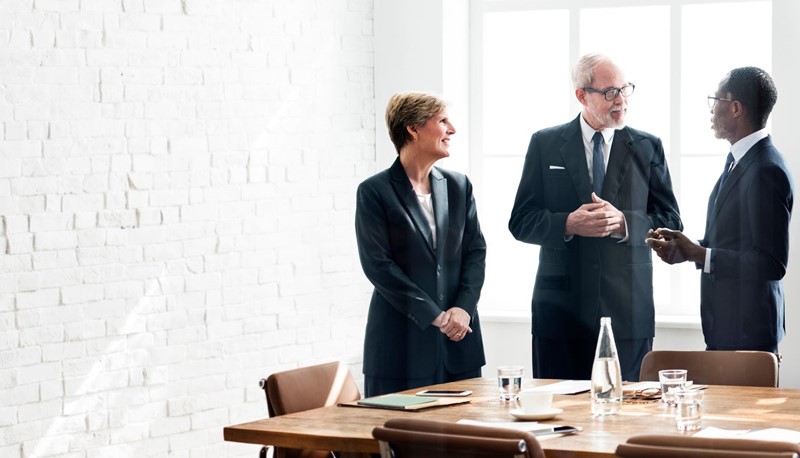




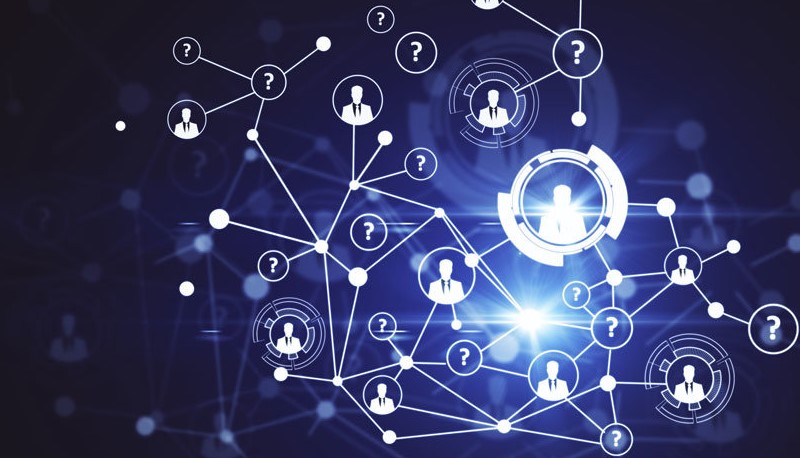


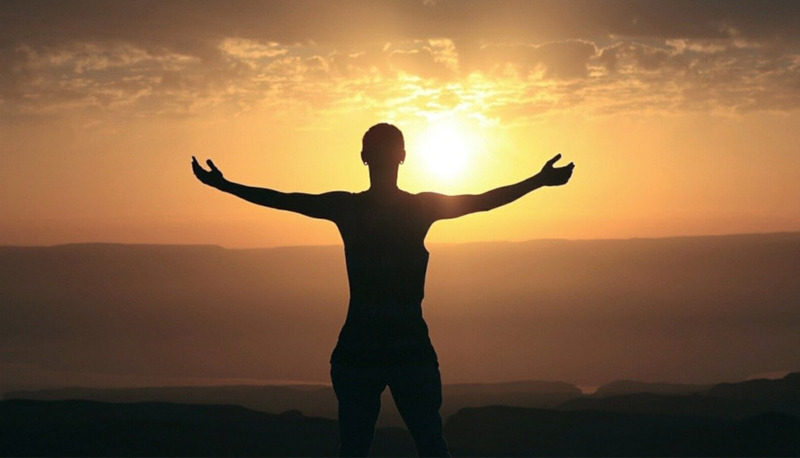
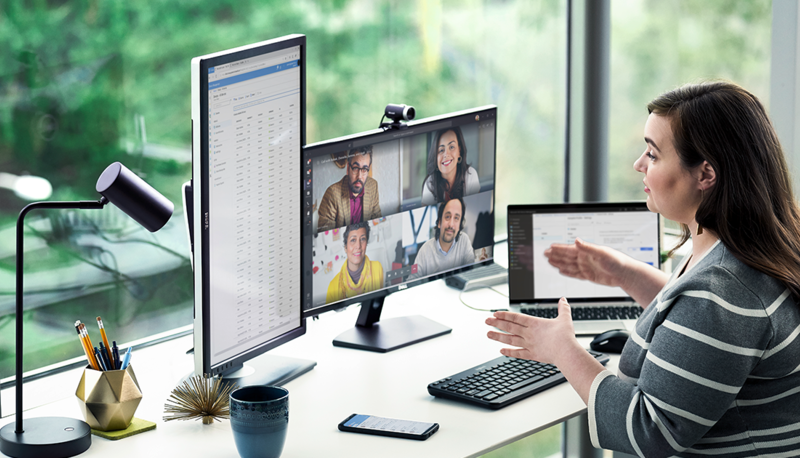

CredBadge™ is a proprietary, secure, digital badging platform that provides for seamless authentication and verification of credentials across digital media worldwide.
CredBadge™ powered credentials ensure that professionals can showcase and verify their qualifications and credentials across all digital platforms, and at any time, across the planet.

Please enter the License Number/Unique Credential Code of the certificant. Results will be displayed if the person holds an active credential from TMI.